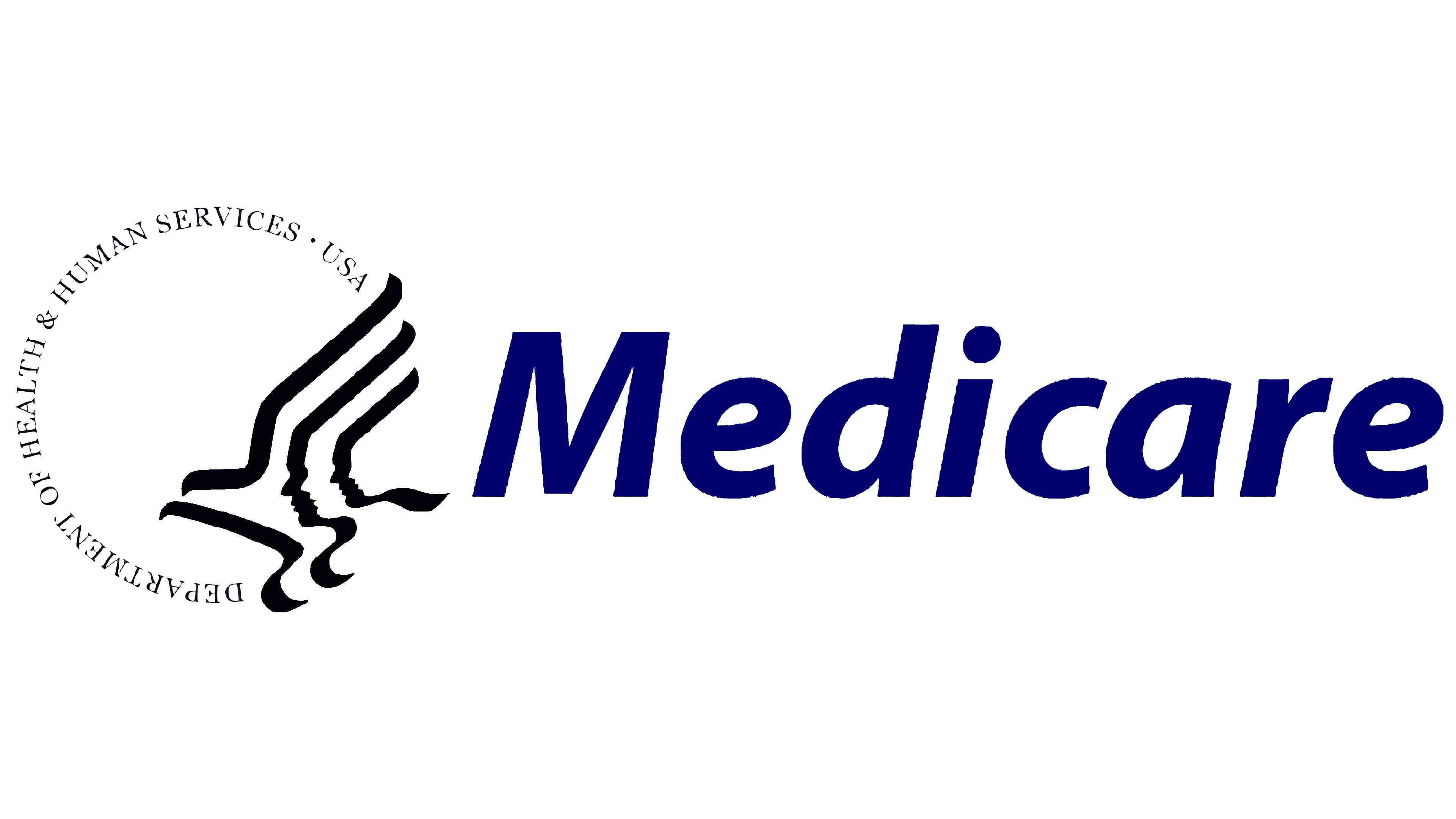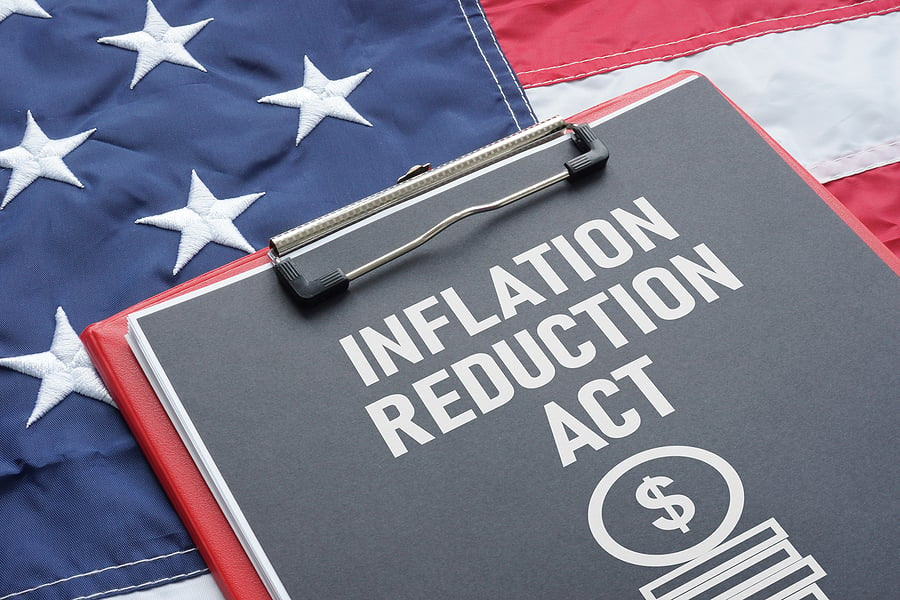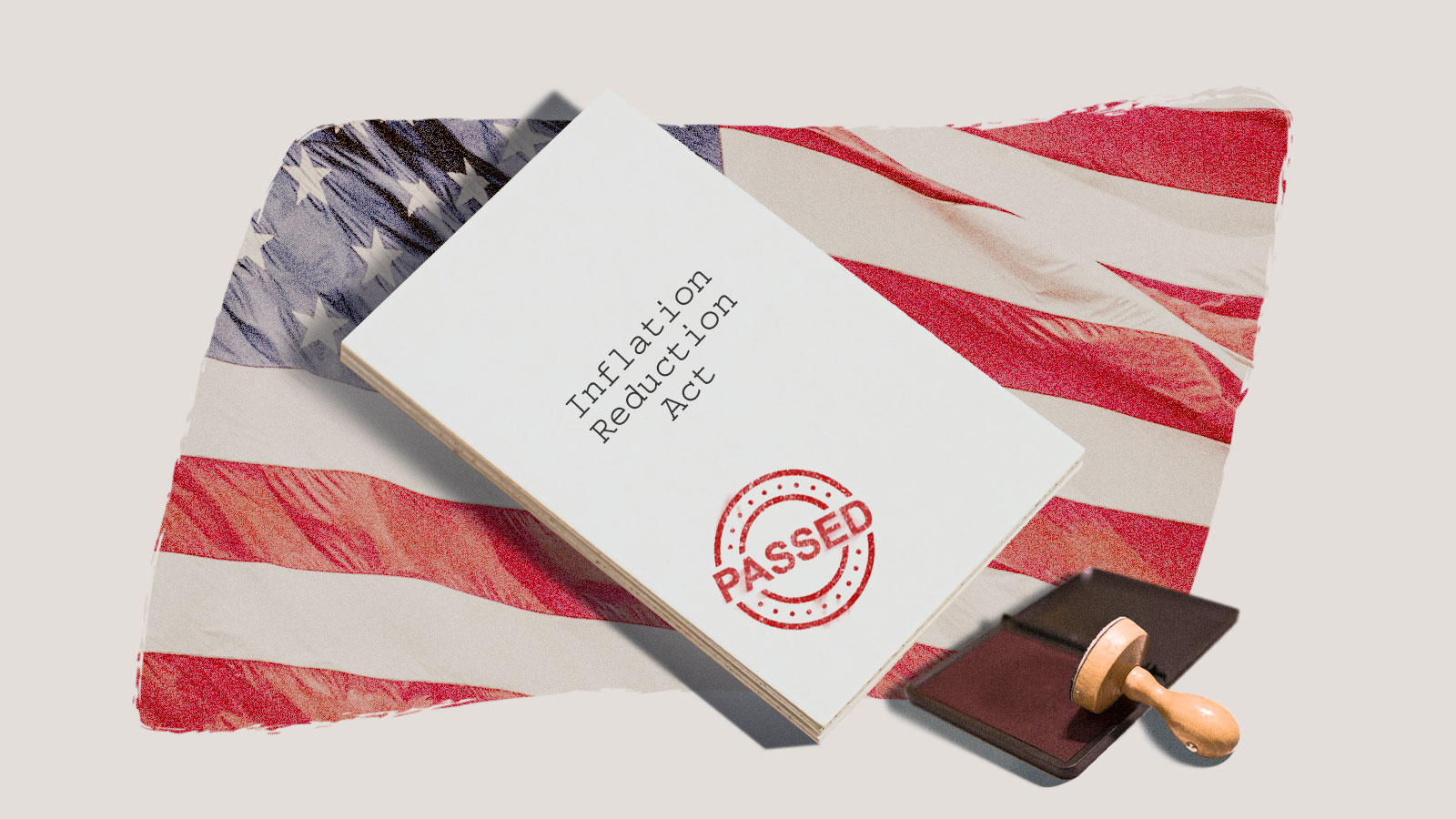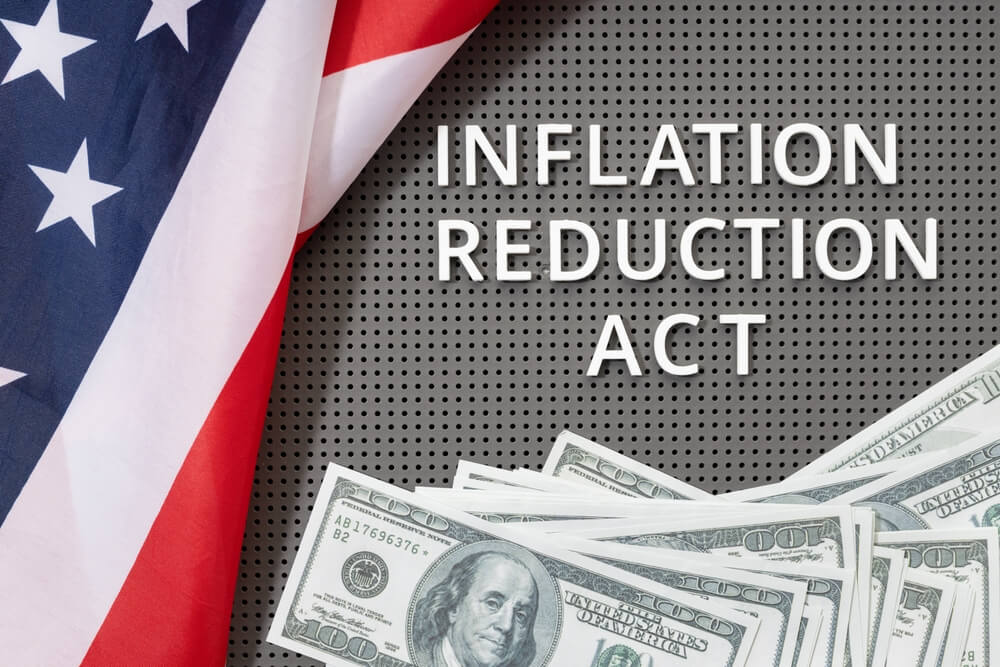
Medicare beneficiaries are facing a period of significant change, largely influenced by recent legislative and administrative actions, most notably the Inflation Reduction Act (IRA) of 2022. This landmark law aimed to tackle the persistent challenge of high prescription drug costs, a critical concern for older adults relying on medications to manage their health and maintain independence. While the IRA introduces substantial changes intended to improve affordability, particularly for those with the highest drug spending, analyses suggest that the reality for many beneficiaries may be more complex, potentially leading to increased out-of-pocket expenses in certain areas.
Understanding these shifts is crucial for the millions of Americans enrolled in Medicare Part D prescription drug plans and Original Medicare Part B. The changes span various aspects of coverage and cost-sharing, from annual limits on spending to the fundamental design of how plans calculate patient contributions. As these provisions are implemented, the financial landscape for beneficiaries is being reshaped, requiring careful attention to how these new rules affect individual healthcare budgets.
Drawing on recent analyses, including findings from the USC Schaeffer Center for Health Policy & Economics and DLA Piper assessments, this article delves into several key areas where Medicare costs and coverage are seeing massive changes. We will examine how the IRA’s provisions interact with plan design strategies and other policy adjustments to impact beneficiaries’ wallets and their access to necessary treatments, starting with the core goals and some unexpected outcomes.

1. **The Central Aim: Making Prescription Drugs More Affordable**At its heart, the Inflation Reduction Act was designed with a clear and commendable objective: to make prescription drugs more affordable for Medicare beneficiaries. High drug costs represent a significant financial burden for many seniors, impacting their ability to access needed therapies and manage chronic conditions effectively. The IRA introduced several key provisions aimed at directly addressing this issue.
The legislation included measures such as capping annual out-of-pocket costs for covered drugs and eliminating the coverage gap for those with moderate drug spending. These changes were specifically designed to provide a crucial layer of financial protection, particularly for the small share of beneficiaries who incur the highest drug expenses over the course of a year. The intent was to ensure that no senior on Medicare Part D would face unlimited costs for their necessary medications.

2. **An Unintended Consequence: Higher Out-of-Pocket Costs for Many**Despite the IRA’s explicit goal of enhancing affordability, particularly through the new out-of-pocket spending cap, recent research suggests a significant number of Medicare beneficiaries may paradoxically face higher out-of-pocket costs. A white paper from the USC Schaeffer Center for Health Policy & Economics highlights this potential trade-off.
The analysis indicates that while the annual cap provides valuable relief for the relatively small group of beneficiaries with the highest drug spending, the vast majority of those who do not reach this cap may see their costs increase. This is attributed to how Part D plans are adjusting their plan features in response to the law’s new provisions and the shift of more costs onto the plans themselves. Insurers appear to be scaling back elements that previously helped make prescriptions more affordable at the point of sale.

3. **Capping Costs: The New $2,000 Limit and Coverage Gap Elimination**One of the most significant changes under the Inflation Reduction Act for Medicare Part D beneficiaries, taking full effect in 2025, is the establishment of an annual out-of-pocket cost cap for covered prescription drugs. This cap is set at $2,000 per year, offering substantial financial protection for individuals with high drug expenses.
Furthermore, the IRA effectively eliminates the longstanding “coverage gap,” also known as the “donut hole,” for those with moderate drug spending. Historically, beneficiaries in this phase faced higher cost-sharing after their initial coverage ended and before reaching catastrophic coverage. Removing this gap simplifies the Part D benefit structure and removes a point where patient costs would typically jump significantly.

4. **Increased Initial Spending: The Trend Towards Higher Annual Deductibles**As Part D plans adapt to the financial incentives and requirements of the IRA, a notable shift identified by researchers is a sharp increase in annual deductibles. The deductible is the amount patients must pay out of pocket before their plan coverage begins to pay for drug costs.
Analysis of Medicare Advantage drug plans shows that average annual deductibles nearly quadrupled between 2024 and 2025, rising from $62 to $224. This striking increase reverses previous trends of decline or modest growth. It is largely driven by a steep decrease in enrollment in more generous, “enhanced” plans that previously offered a zero deductible, with the share falling dramatically from 78% to 41%.

5. **Variable Expense: The Shift from Fixed Co-pays to Percentage-Based Coinsurance**Another significant change in Part D plan offerings is the increasing replacement of fixed co-pays for common brand-name drugs with coinsurance. While a co-pay is a set dollar amount paid by the patient for a prescription, coinsurance requires the patient to pay a percentage of the drug’s list price. This change exposes beneficiaries more directly to fluctuations and increases in drug prices.
The shift toward coinsurance has been particularly substantial in the stand-alone drug plan market, where 84.1% of enrollment this year (2025) was in plans requiring coinsurance for these medications, a significant jump from 9.9% in 2020. In Medicare Advantage drug plans, the increase has been sharper more recently, rising from 2.6% in 2024 to 27.5% this year.

6. **The List Price Problem: Why Coinsurance Can Mean Higher Costs**The move to coinsurance means that a beneficiary’s out-of-pocket cost is directly tied to the drug’s list price. Researchers have found that by linking drug costs to these list prices, beneficiaries can typically expect to pay much more for widely used brand-name drugs, citing examples like the blood thinner Eliquis or the diabetes treatment Ozempic.
The amount of coinsurance paid, often around 25% of the list price, is being driven higher partly because these list prices are artificially inflated. This inflation is linked to secret rebates and discounts negotiated by pharmacy benefit managers (PBMs), the middlemen in the drug supply chain. As pharmacy middlemen continue to pocket these savings, patients are left to shoulder rising list prices through coinsurance, a fundamental flaw in the drug pricing system that the IRA, despite its changes, has not fully resolved.



